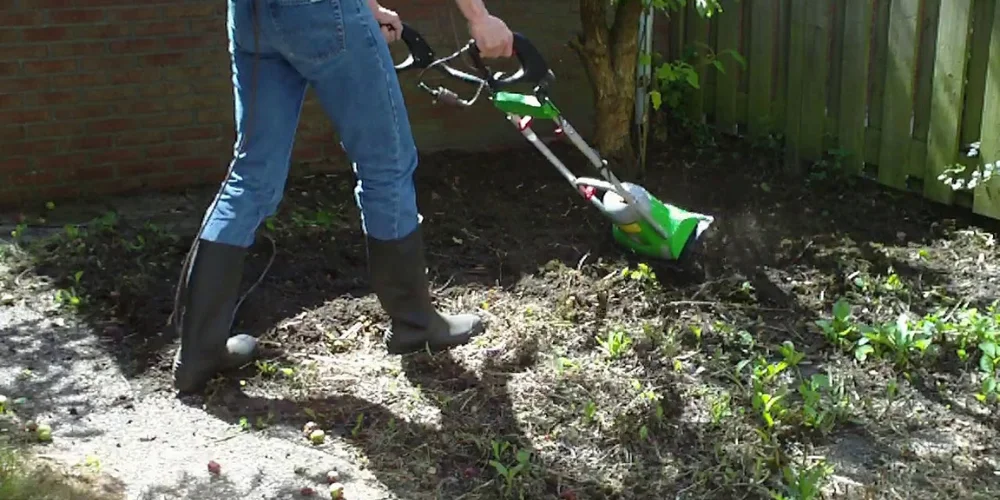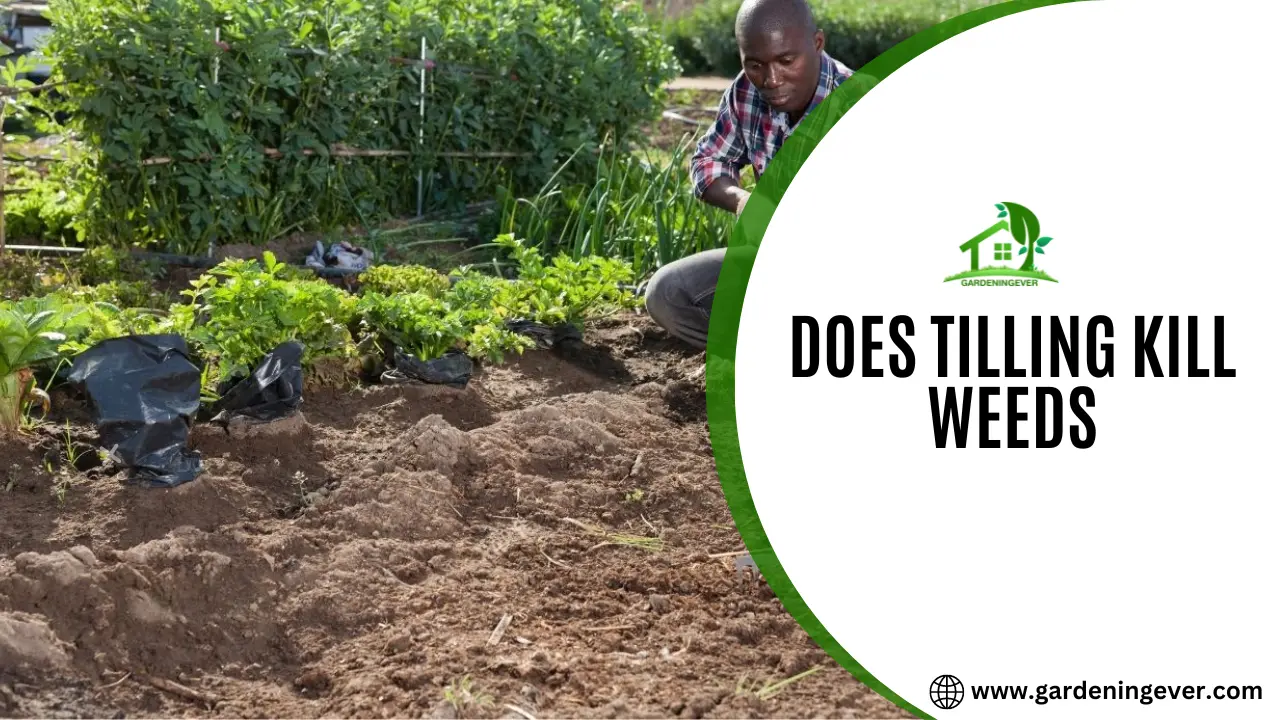Is turning over your soil really tilling it? Many people think that tilling means “throwing the earth and then turning it over,” but that isn’t exactly right. When you turn your field over, you are actually mowing the ground and working it. So how is turning over the soil a benefit to your garden?
What exactly is tilling soil anyway? It is simply working the soil. By removing the top layers of the soil and breaking up all the smaller roots in the process, you create a “precious” layer of dirt underneath. The purpose of this layer is to provide moisture and nutrients for the new plants you will be installed in your newly turned-over area.
This layer also provides protection for the roots of existing plants as well as protecting them from disease and pests. In addition to all these benefits, mulching is great at keeping weeds from growing back and infecting your whole garden in the process.

So why does tilling soil cause problems? Anytime you walk into a garden that has been turned over and you see bare spots where the original crop was, chances are you have been exposed to some weed seeds. If you have ever walked into a garden where the majority of the soil has been tilled and there is a healthy garden in which most of the soil is untouched, you know that weeds do not prosper in an untilled environment. Turning over your soil can cause problems if you do not remove the weeds first And The best way to remove weeds is by using a combination of hand-pulling, hoeing, mulching, and using organic herbicides.
So let’s discuss more what exactly tilling really does and how it can be beneficial for gardens in general. It loosens the soil making it more workable for plant life to occupy. It also allows the roots to better absorb the nutrient-rich soil so that it remains nutrient-rich.
Lastly, it helps to aerate the soil and provide an environment in which the different plant growth stages can occur properly. All of these are great ways to help your garden function the best they can for you and your family.
When you are starting to till your garden, one of the biggest benefits you will see is how it assists in enriching your soil. Weeds are actually rooted in the very same soil structure as your veggies and flowers. Tilling the soil will make those weeds loosen up and fall out.
Even if you do not have any tilling done, walking in and picking off the weeds by hand is still a great way to clear up your lawn. You will also be adding some beneficial nutrients to the soil, which will help keep the grass healthy.
With a rototiller, you will be using a mechanical tiller that is basically a rotating blade. You let the rototiller go through the bed of soil where you have your crops and then it comes back out and rotates the blades again, breaking up the soil as it goes.

The blades go down and up and this breaks up the soil even further helping to compact it. As the blades go down and up, the water in the soil is sent to the blades, helping to rinse them out and make the new soil even more nutrient-rich.
Another benefit with tiling is that you can turn it into an organic garden by not having to apply any pesticides. By turning the tilling into an organic garden, you can really allow yourself to become more involved in plant life. With some seeds and some love, worms come up that need to eat. You can easily turn the tilling into a weed-eating sofa for the garden. Just make sure you remove all the weeds when you are finished digging the holes for the seeds to go in.
Tilling is very beneficial to gardening because it adds significant benefits to the growing process. It reduces erosion, keeps the soil moist, and increases water runoff, all of which benefits plant life.
If you are looking for a simple way to help your yard grow, turning the tilling into a part of your gardening process is the easy way to go.
Also Read Best Front Tine Tiller
Conclusion
When installing a lawn mower blade, make sure the side labelled “This Side Up” or “Grass Side” is facing up. This is required for maximum cutting performance and safety. Mowing on the wrong side of the blade might result in inefficient mowing and possibly mower damage. Following the manufacturer’s directions and paying attention to the blade marks will help one keep their lawn in good condition and extend the life of their lawn mower.

